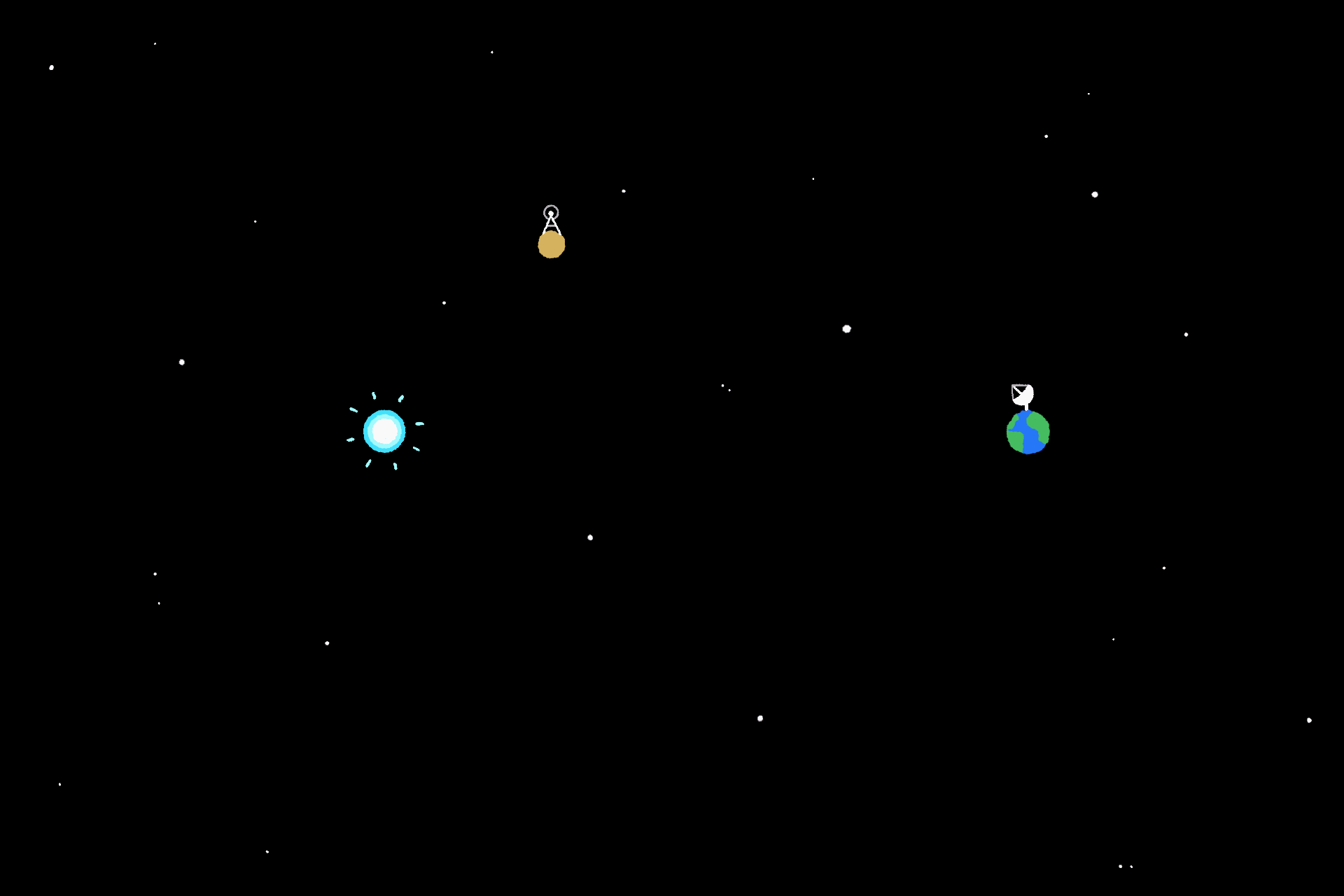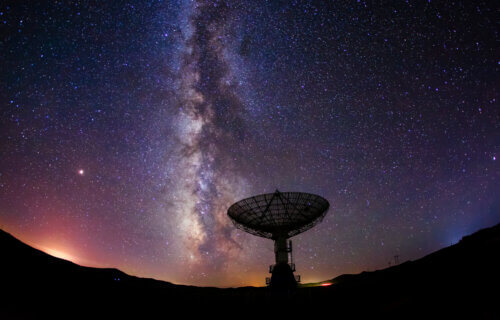MOUNTAIN VIEW, Calif. — Scientists have developed a new innovative technique to search for signals from extraterrestrial life. A team of researchers from the SETI Institute, Berkeley SETI Research Center, and the University of Washington have implemented a novel approach called the SETI Ellipsoid to sift through cosmic data for potential signs of advanced civilizations. This method represents a strategic advancement in the search for extraterrestrial intelligence (SETI), leveraging observations from the Transiting Exoplanet Survey Satellite (TESS) mission.
The SETI Ellipsoid is a method based on the hypothesis that extraterrestrial civilizations might use significant galactic events, such as supernovae, as beacons to synchronize the emission of signals to announce their presence across the cosmos. This approach aims to identify potential technosignatures, or signs of technology used by other civilizations, by monitoring these cosmic events and the surrounding areas.

Researchers have shown that the SETI Ellipsoid method can significantly enhance our ability to detect these potential signals. By utilizing continuous, wide-field sky surveys, the method accounts for the timing uncertainties associated with the arrival of potential signals, spanning observations up to a year to ensure comprehensive coverage.
“New surveys of the sky provide groundbreaking opportunities to search for technosignatures coordinated with supernovae,” says study co-author Bárbara Cabrales, research intern at Berkeley SETI Research Center, in a media release. “The typical timing uncertainties involved are of a couple months, so we want to cover our bases by finding targets that are well-documented over the course of about a year. In addition to that, it’s important to have as many observations as possible for each target of interest, so that we can determine what looks like normal behavior and what might look like a potential technosignature.”
Researchers focused on data from the TESS continuous viewing zone, analyzing five percent of all TESS data from the first three years of its mission alongside the advanced 3D location data from Gaia Early Data Release 3. This thorough analysis identified 32 prime targets within the SETI Ellipsoid in the southern TESS continuous viewing zone, all refined to uncertainties better than 0.5 light-years. Although the initial scrutiny of TESS light curves during the Ellipsoid crossing event revealed no anomalies, this research lays the foundation for broader and more diverse searches in the future.
Utilizing Gaia’s precise distance estimates allows for the cross-matching of these distances with other time-domain surveys like TESS, enhancing the capability to monitor and detect anomalies in the pursuit of extraterrestrial intelligence. This method provides a versatile and dynamic framework for future SETI searches, offering the ability to retrospectively analyze archival data and proactively plan future monitoring campaigns.

“SETI searches are like looking for a needle in a 9-D haystack,” notes study co-author Dr. Sofia Sheikh, a technosignature researcher at SETI Institute. “Any technique that can help us prioritize where to look, such as the SETI Ellipsoid, could potentially give us a shortcut to the most promising parts of the haystack. This work is the first step in searching those newly-highlighted parts of parameter space, and is an exciting precedent for upcoming large survey projects like LSST (Large Synoptic Survey Telescope).”
The study is published in The Astronomical Journal.

Why?